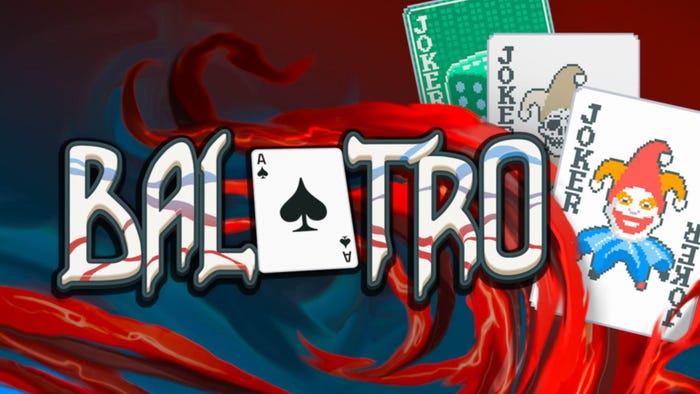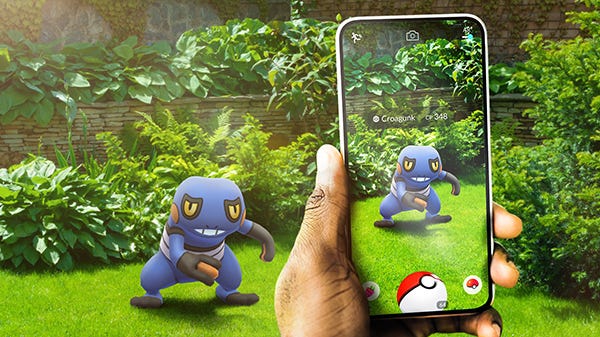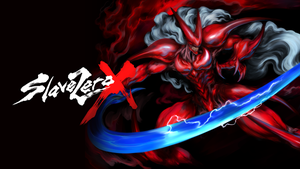
Featured Blog | This community-written post highlights the best of what the game industry has to offer. Read more like it on the Game Developer Blogs.
Nintendo Is in Trouble and E3 Didn't Help
At E3, I saw Nintendo on a ledge, falling. In my ten years at E3, this was the first outward display of a company in such disarray.

Bryan Cashman is the founder of Callvention, a service enabling phonecalls with game developers.

At E3, I saw Nintendo on a ledge, falling. In my ten years at E3, this was the first outward display of a company in such disarray.
But before we get into E3, let’s talk about why Nintendo is in a crisis.
1. It’s been years since Nintendo’s days of success
Nintendo’s revenue generators are substantially down. Nintendo makes money through three primary methods: Selling hardware, selling Nintendo-developed software, and collecting a fee from software released on their hardware from other developers. On all notes, Nintendo is in crisis mode.
The charts below, comparing both hardware and software sales between Nintendo’s current and prior generations show just how much the company is in trouble.
Nintendo 3DS Versus Nintendo DS

Wii U Versus Wii

An E3 2016 showing that doesn’t try to speak to a solution to this problem is troubling.
2. The whole industry is moving away from Nintendo
To be fair, Nintendo’s demise in sales isn’t all Nintendo’s fault. The overall industry has changed so much over the past few years that any critical success, even with a consistently fantastic lineup of games, would be hard to obtain.
The handheld gaming market is shrinking quickly due to the rise of mobile gaming. Portable game consoles are still only owned by 14% of the U.S. population, while the near-ubiquitous smartphone is owned by five times as many Americans. Nintendo's competitor in the handheld market, Sony, is already considering bowing out of the handheld market once the Vita’s time comes to an end.

Meanwhile, the console market is in the midst of an arms race, with Sony and Microsoft leaping forward with even stronger graphical capabilities using more advanced hardware. Nintendo of late has passed on any graphical competitions with competitors, instead focusing on unique innovations to remain competitive. But the Wii U’s novelty never caught fire. Indeed for every crazy innovation that works, like the Nintendo Wii, there is a crazy innovation that doesn’t work, like the Virtual Boy. Without a profitable handheld market to keep Nintendo's risk diversified, the impact of an innovation failure with the next console is intensified.
3. Why E3 was so bad
E3 success means different things based on the stakeholders you’re speaking to.
Retailers
Traditionally, E3 was the chance for game companies to show what was ready for the end of the year, so that retailers could allocate stock and prepare for cross-marketing opportunities. This year Nintendo did not have any playable 2016 titles available for regular E3 attendees. By only offering the chance to play 2017’s still not dated Zelda title, Nintendo effectively threw in the towel on retail success in 2016. (I know Treehouse streaming events showed some compelling 2016 content, but symbolically not having those titles playable is troubling)
Investors
Investors want to know how Nintendo is going to turn around their struggling business. Rather than show evidence of reinvigorating the console or handheld market, Nintendo placed all of their cards on one game, the admittedly fantastic looking The Legend of Zelda: Breath of the Wild. Yet no evidence was presented showing how the handheld market could improve for Nintendo – or how the company would make money in 2016 with Wii U. Nintendo’s efforts in healthcare, licensing and mobile were all muted as well, except for a convincing presentation on Pokemon GO.
The Press
The verdict is in that the new Zelda is a fantastic game, but the lines to play the game at E3 aren't an honest reflection of E3 participant demand. The truth behind the long lines to play Zelda is that Nintendo took radical moves to ensure the booth had the long lines it had.
In reality, Nintendo's massive booth space (the same size as used by Microsoft and Sony to show dozens of different games) only had 120 playable consoles for playing Zelda. Further, the game's demos lasted for forty minutes, an unheard of length at E3 except for rare behind closed doors previews. In comparison, when Wii was unveiled, Nintendo had equally long lines – but for a 5-10 minute gameplay experience instead.
By enabling a long demo with plenty of free space in their booth, Nintendo throttled demand to make Zelda have the longest lines of the show. It was a pure press coup that resulted in fantastic headlines about interest in Zelda. With 120 screens hosting a person every 45 minutes, and 21 hours of E3, that means only 3,360 people had a chance to play Zelda. By comparison, 50,300 people attended E3 last week.

I played Zelda and it was fantastic, but it wouldn’t have garnered so much line-up-or-you-won’t-see-it excitement, compared to other products on the show floor, if it wasn’t for Nintendo’s clever booth engineering.
Consumers
It’s widely agreed now that Zelda spurred excitement among consumers – with Facebook, Twitter and YouTube all demonstrating a great performance. But consumers need to consume – and there’s little evidence that consumers will spend in 2016, beyond another round of Pokemon releases. Further, by abandoning the Wii U console (Nintendo’s EVP of sales confirmed they “won’t be around forever”), Nintendo is putting the pressure on Nintendo NX’s innovations to sell the console and the NX edition of the new Zelda.
4. Can Nintendo be fixed?
The most concerning question after looking at Nintendo’s challenges is to wonder if Nintendo can overcome them.
 The most exciting non-Zelda title I saw was Pokemon GO – a game Nintendo could only make by partnering with Niantic, a third-party developer. Nintendo may not have the in-house talent to make the next-generation of games for the mainstream on mobile and beyond.
The most exciting non-Zelda title I saw was Pokemon GO – a game Nintendo could only make by partnering with Niantic, a third-party developer. Nintendo may not have the in-house talent to make the next-generation of games for the mainstream on mobile and beyond.
The NX may work, but how? Nintendo’s E3 performance shows they are already surrendering on the console front for 2016. 2017’s success is then reliant on a successful Nintendo NX release. Yet at the moment, we know nothing about the console, the bulk of its games, or even its release date. This is not how a public company generally manages communications or risk. All of Nintendo’s eggs are in one basket for 2017, and as of today, the basket is a mystery.
Nintendo may have a great 2017 if Nintendo NX is any good. Unfortunately, E3 didn’t give us any guidance in either direction.
Read more about:
Featured BlogsAbout the Author(s)
You May Also Like












